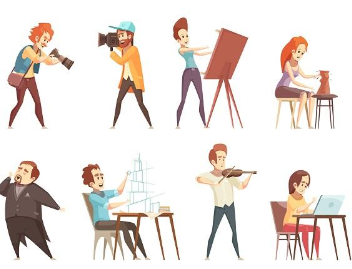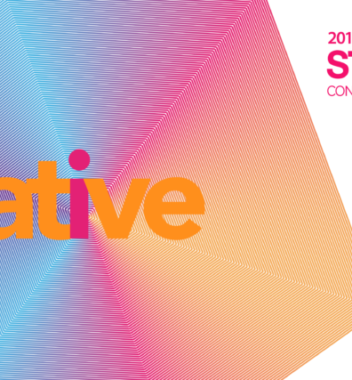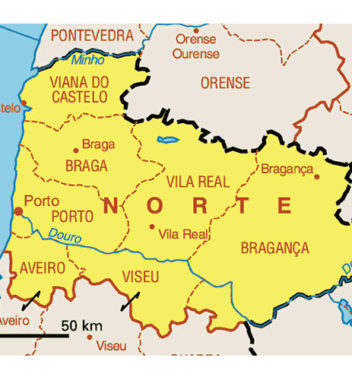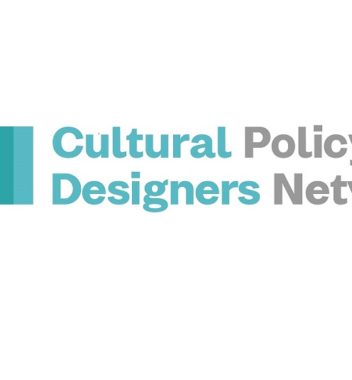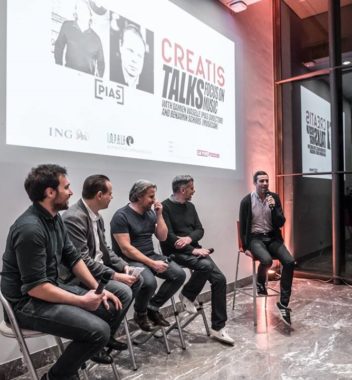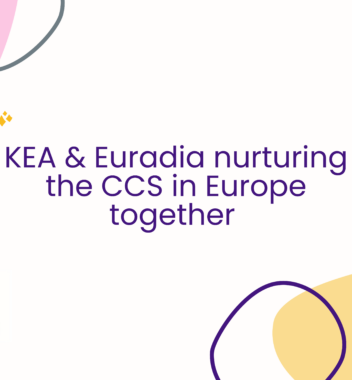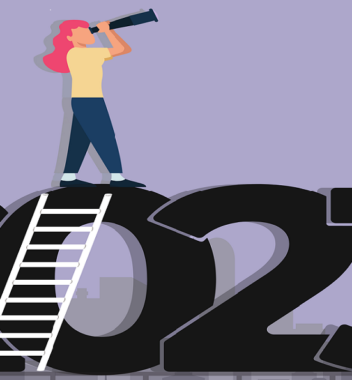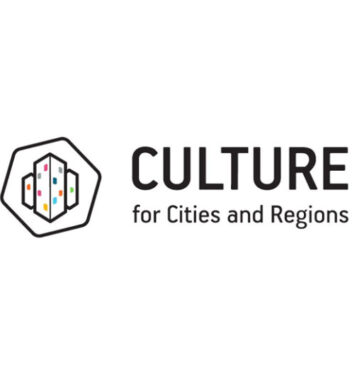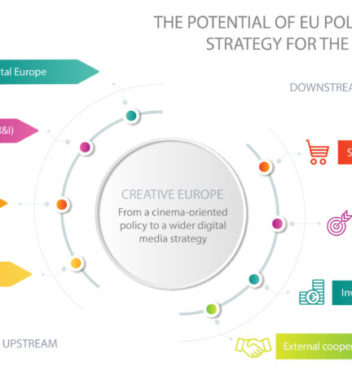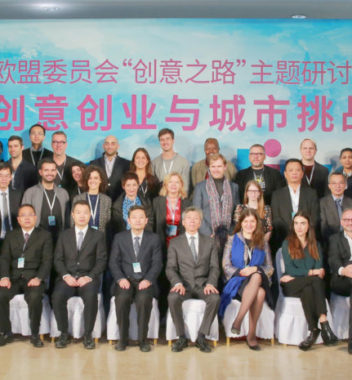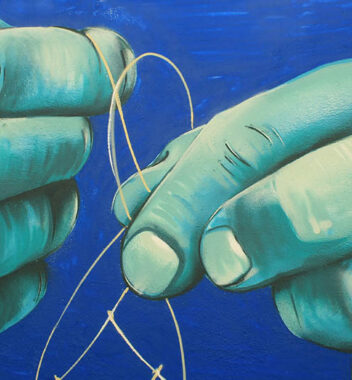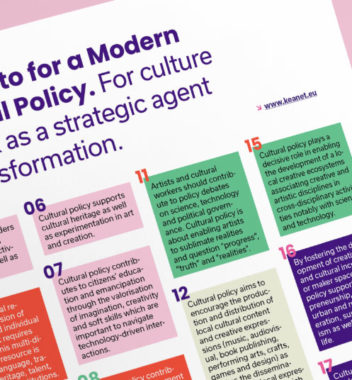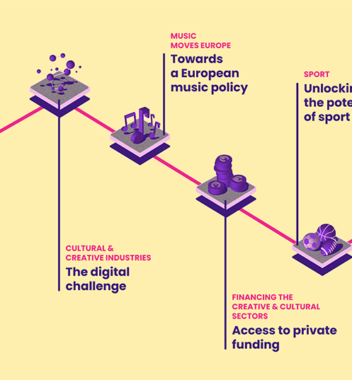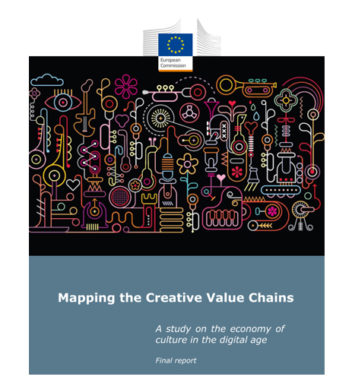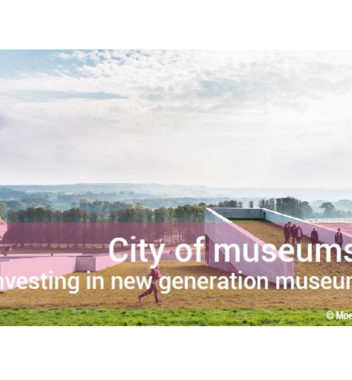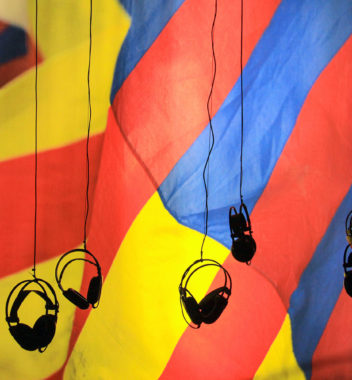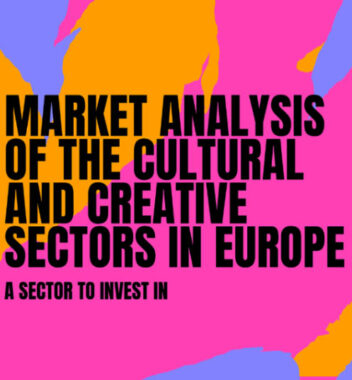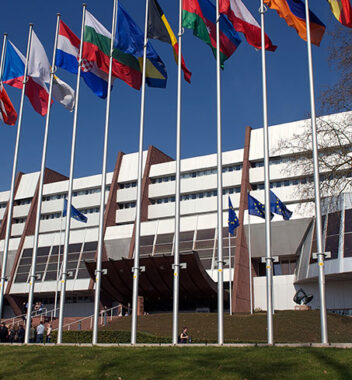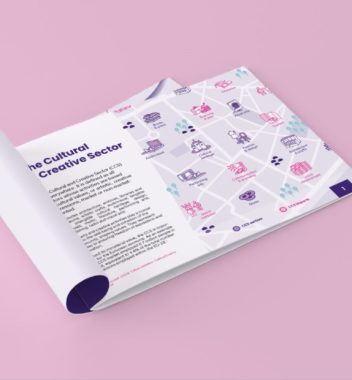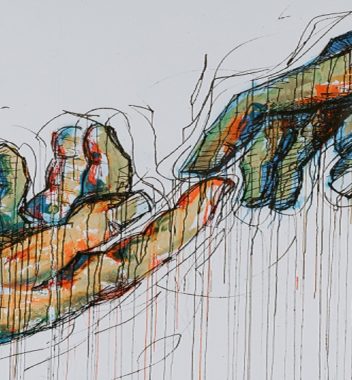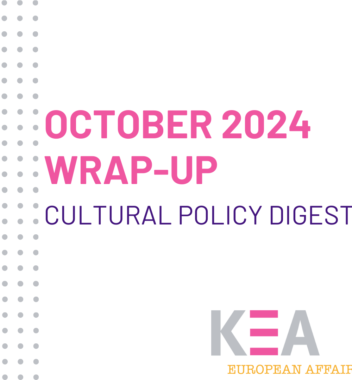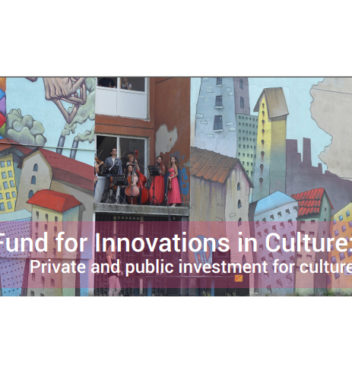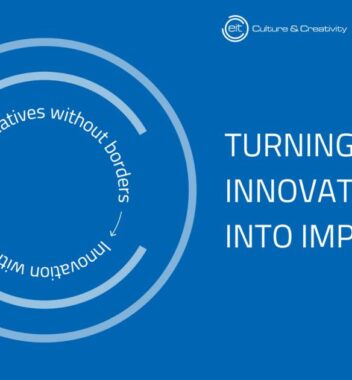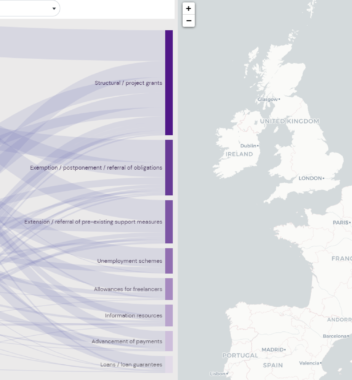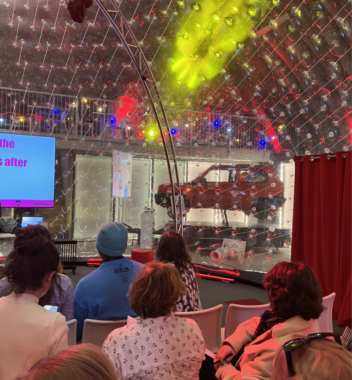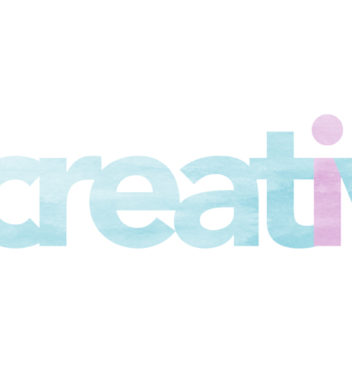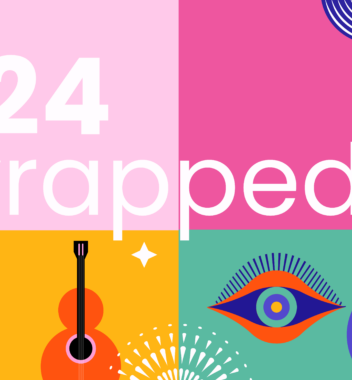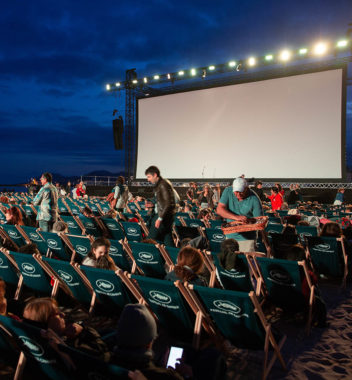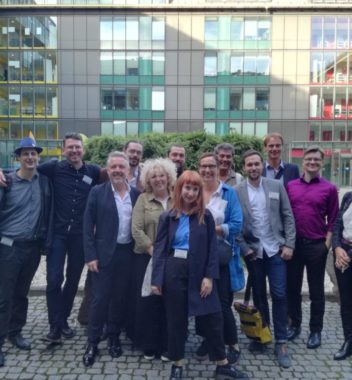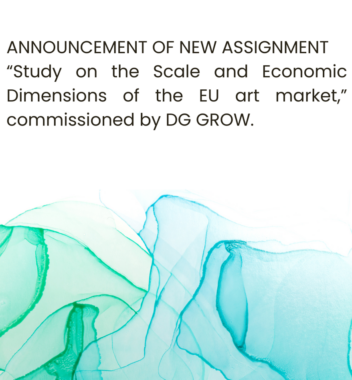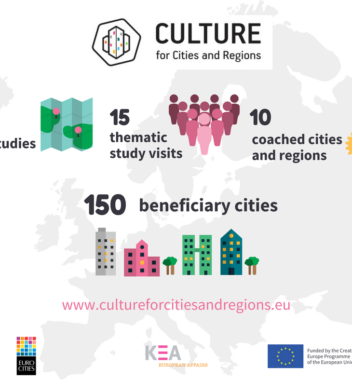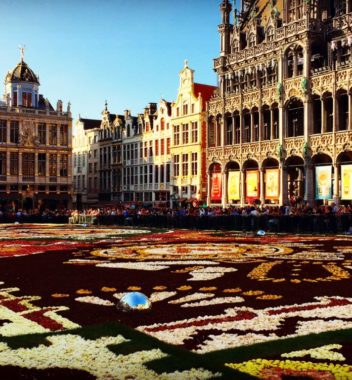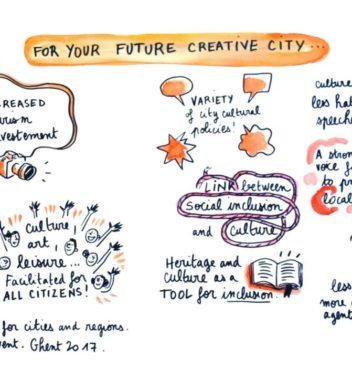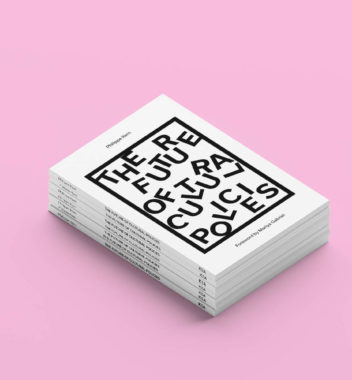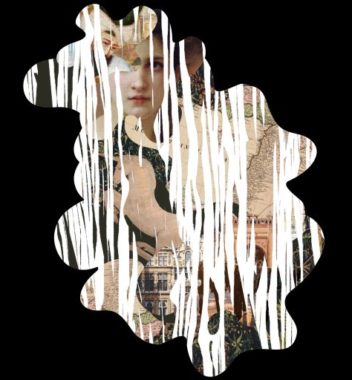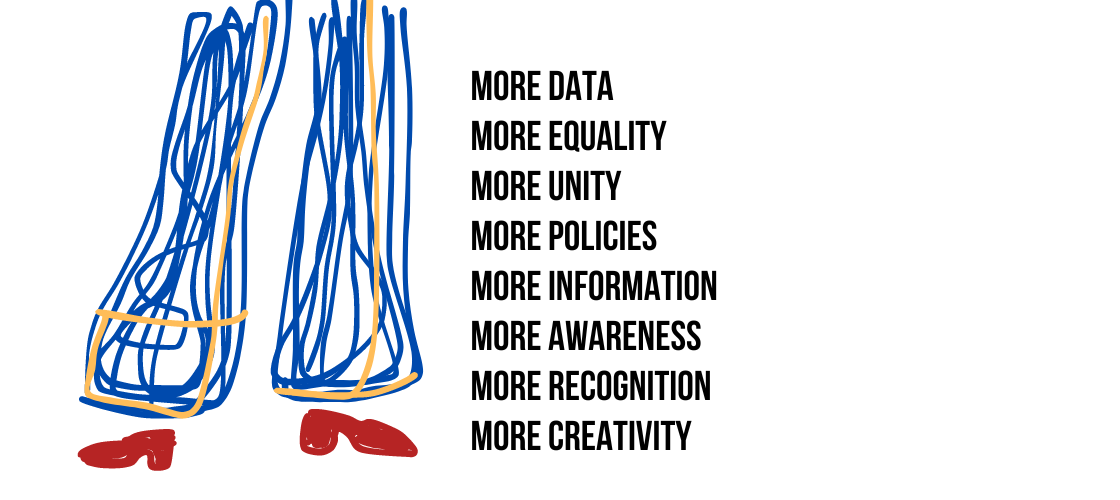
Artistic expression and creativity know no gender boundaries, but unfortunately, the cultural and creative sector (CCS) is still plagued by gender-related challenges. Despite the growing recognition of the contributions of women in the CCS, they continue to face numerous inequalities in the sector.
Recent data on the gender gap experienced by women increasingly shows how women in the CCS are not spared from the gender imbalances and differential treatment faced by their counterparts in other sectors. They encounter limited access to decision-making and leadership roles (the ‘glass ceiling’), have fewer opportunities to access the creative labour market; less access to resources and a large pay gap, to name but a few.
At the core of these discriminations, one can identify two main issues related to the sector: the important gender stereotypes contributing to the segregation of women within certain identifiable roles and positions, and the patriarchal structure historically inherent to this sector. However, acknowledging and addressing these gender inequalities is not merely a matter of fairness or equity. It holds the key to unleashing the sector’s full innovative potential and catalysing broader economic growth. By empowering women in the CCS, we cannot only rectify longstanding injustices but also spark a surge in creativity and economic expansion, benefiting the entire sector and society at large.
Gender stereotypes and Women in the CCS
Going beyond the CCS, society as a whole tends to agree that women are more likely, in theory, to possess certain talents, capacities, and skills compared to men. For example, women are typically viewed as being more communicative, emotionally intelligent and organized, while also being expected to avoid conflict or prefer humanities. These thinking patterns give rise to stereotypes that contribute to creating and reinforcing the vertical and horizontal segregation experienced by women in the CCS. Vertically because, on average, there are higher proportions of men in lead creative positions, decision-making and executive roles than women. Even when women constitute the majority of the workforce in certain sectors (e.g., visual arts, dance, and fashion), they are clearly under-represented in leading positions. For example, in the visual arts, women constitute on average 70% of the workforce, but, looking at important national museums in Italy, Sweden and the UK, less than 50% are women-led institutions. In the case of the dance industry, gender inequalities are even more overwhelming. The EENCA study (2022) reports that boys in dance academies often receive preferential treatment and special privileges, as opposed to girls who, conversely, are taught from an early age that they are replaceable and must fight for their place in the industry. Therefore, even when men enter a female-dominated sector, they can get to higher positions faster than women. Horizontally, segregation is evident when certain roles and fields remain almost unexplored by women because they are supposedly “not their thing”. It is visible, for instance, within the music sector, where men typically work in technical or creative jobs, such as artists and repertoire, artist managers or producers, while women are often to be found in marketing, PR, production or retail and where certain music genre keep their predominantly male-dominated features (e.g., pop and rock, punk, metal, R&B, jazz, and blues). Finally, the recent study “Understanding the value of a European gaming society” (2023), shed light on the stark realities of gender representation within the gaming industry. Despite the industry’s rapid expansion and widespread impact, women continue to be inadequately represented across multiple aspects of game development, including design, programming, and leadership positions within game studios.
Patriarchal structure and Women in the CCS
The half-truth half-stereotype that women have to shoulder a greater share of home responsibilities affects the CCS more than other fields. In fact, a sector characterized by high levels of informality, seasonality and precarity of working conditions can be highly prohibitive for a woman who also has to carry out household chores, impacting her in her leadership potential and her possibility to even enter the CCS labour market. These issues are further exacerbated when children come into the picture. On this point, while in other sectors western countries are increasingly working on policies for suitable paternity leave, this shift is happening very slowly in the cultural sector. To illustrate the historical roots of today’s gender imbalances, the sub-industry of Opera provides a compelling example. In the UK, only 2% of opera composers and 8% of librettists are women. There are two main reasons for this. Firstly, the most popular opera pieces tend to be traditional ones i.e., Classical and Baroque were composed at times when white men were the only possible writers. Secondly, the costs of writing a new opera are prohibitive, leaving the sector ‘stuck’ with historical gender roles, hence, male representatives.
Finally, different forms of physical and psychological violence, notably in the form of sexual harassment appear to be fairly common across the cultural and creative industries (CCIs). This is the most (in)visible form of gender inequality, as there is a lack of data and statistics about it, probably due to the stigma attached to the topic. The Audio-Visual industry, for which most data on sexual harassment is available, is an exception, and has in fact been the starting point of world-wide debates, protests and revelations coined under the #MeToo movement. While the first allegations and actions of the #MeToo have deep roots in the film industry, these have soon spread to the whole AV industry and CCS in general in the US as well as in Europe.
Economic Implications of Gender Disparities in the CCS
The economic ramifications of these disparities are profound. The CCS, a significant contributor to global GDP, loses potential innovation and growth without full gender parity. A study by McKinsey & Company (2023) emphasizes that companies with gender-diverse executive teams are 21% more likely to experience above-average profitability. Translating this to the CCS suggests that reducing gender disparities could significantly boost sectoral innovation, cultural diversity, and economic performance.
Moreover, the economic success of individuals within the CCS, such as Taylor Swift, highlights the potential impact of women in the sector. Swift’s career is not just a testament to individual success but also an economic case study on leveraging personal brand, copyright control, and social advocacy for greater industry influence. Her strategies have not only garnered substantial economic returns but also shifted industry practices towards more artist-centric models.
Beyond Swift, other figures such as Rihanna and Beyoncé have similarly used their platforms to advocate for gender equality and diversity in the music industry, while leveraging their brands across fashion, beauty, and media to create vast economic networks that challenge traditional industry structures. These examples illustrate the broader potential for women in the CCS to drive economic innovation and growth when given equitable opportunities.
Addressing these disparities is not just a matter of equity but also economic sense. The creative economy’s growth, fuelled by digitalization and globalization, presents an unprecedented opportunity to leverage the full spectrum of talent. Empowering women within the CCS could unlock innovative potential and drive further economic growth.
What can be done?
In 2019, the Voices of Culture presented a brainstorming report on “Gender Equality: Gender Balance in the Cultural and Creative Sectors” to the European Commission in Brussels. Most points and recommendations of the report are still critical for the development of better conditions for women.
- We need more data!
This is crucial for both creating awareness and developing appropriate policies and good practices and is true for all the gender issues faced by women in the sector.
To do so we need:
- Monitoring schemes.
- Tools to identify women’s expertise and competencies.
- We need to change the social norms and promote awareness!
Easier said than done, however, this can be reached with a set of long-term and short-term actions:
- Support the identification of new systems and alternative leadership models for women, in order to facilitate less patriarchal models of leadership.
- Take measures to advocate and disseminate examples of alternative leadership models and employment structures which support and facilitate family and a good work / life balance
- Enhancing the visibility of women artists and creatives (both at creative and managerial level).
- Recognise the value of women’s contributions to the Cultural Sector and promote it.
- Assure a safer work environment for women.
The representation of women in creative fields such as films, literature, tv, radio, visual arts and in the roles, they take, e.g., CFO, CEO, directors, can have an important impact on how they are perceived in society. Increased participation in the sector and representation in leadership roles can change and even break the stereotype chain through empowering people who were constrained by societal norms and structures and limited in their actions and choices due to factors beyond their control. This reasoning goes beyond women and must be adopted for all minorities in society.
On a more positive note, in recent years, numerous exemplary initiatives have taken root to overcome these issues and the EENCA report has done excellent work in analysing them.
These can take on various forms such as:
- Initiatives celebrating the contributions of women in the CCS (UNESCO Sabrina Ho initiative)
- Awards and Events (e.g., Freelands Award, Gender Design Award iphiGenia)
- Platforms and awareness raising initiatives (e.g., Keychange Initiative, The Bench, shesaid.so)
- Social media campaigns (e.g., #MeToo, #5WomenArtist, Guerrilla Girls movement)
- Regulatory measures (e.g., EURIMAGES Gender Equality Strategy)
Bibliography
Conor, B. and UNESCO (2021). Gender & Creativity. UNESCO Publishing. https://unesdoc.unesco.org/ark:/48223/pf0000375706/PDF/375706eng.pdf.multi
European Commission, Directorate-General for Communications Networks, Content and Technology, (2023) Understanding the value of a European video games society : final report. Publications Office of the European Union. https://data.europa.eu/doi/10.2759/332575
European Commission, Directorate-General for Education, Youth, Sport and Culture, (2022) Gender gaps in the cultural and creative sectors. Publications Office of the European Union. https://data.europa.eu/doi/10.2766/322133
European Commission, Directorate-General for Education, Youth, Sport and Culture, Menzel, A. (2021) Towards gender equality in the cultural and creative sectors : recommendations of the OMC (open method of coordination) working group of Member States’ experts. Publications Office. https://data.europa.eu/doi/10.2766/241861
European Institute for Gender Equality. (2019). Culture. https://eige.europa.eu/gender-mainstreaming/policy-areas/culture.
GIZ. (2023). Cultural and Creative Industries Gender Study Executive Summary. World Bank. URL: https://thedocs.worldbank.org/en/doc/cc8cef9784690358cfe4eda77bb85f84-0460012023/original/GIZ-Cultural-and-Creative-Industries-Gender-Study-Executive-Summary.pdf
McKinsey & Company. (2023). Women in the Workplace. McKinsey & Company. https://www.mckinsey.com/featured-insights/diversity-and-inclusion/women-in-the-workplace#/
Pontebeth. (2021), Gender Equality in the Cultural Sector. Medium. URL: https://pontebeth.medium.com/gender-equality-in-the-cultural-sector-ce0db3b24ccc
UNESCO. (2023). UNESCO Reports Persistent Gender Inequalities in Cultural and Creative Industries. : https://www.unesco.org/en/articles/unesco-reports-persistent-gender-inequalities-cultural-and-creative-industries
Voices of Culture. (2020). Voices of Culture Brainstorming Report: Gender Balance in the Cultural and Creative Sectors. https://voicesofculture.eu/wp-content/uploads/2020/02/VoC-Brainstorming-Report-Gender-Balance-in-the-Cultural-and-Creative-Sectors.pdf
